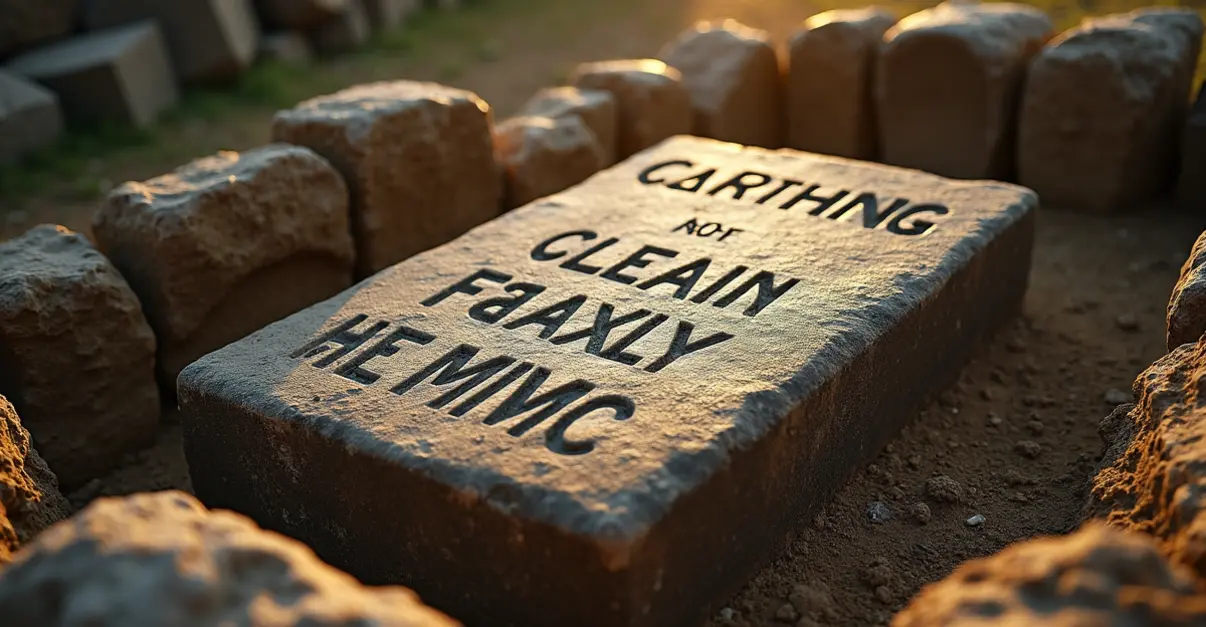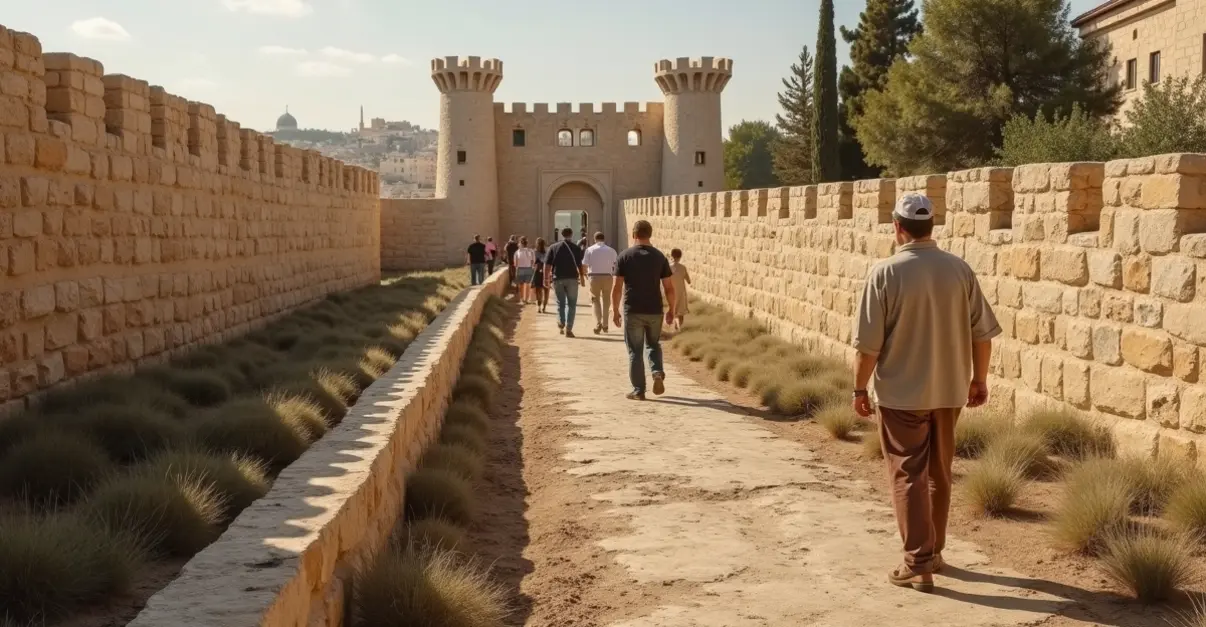An Egyptologist claims that the 3,300-year-old obelisk in Paris contains hieroglyphs praising Pharaoh Ramesses II as divinely chosen, suggesting ancient propaganda aimed at the elite.

Thousands of years ago, during the time of the Egyptian pharaohs, propaganda was already in use. An Egyptologist claims to have found inscriptions on an Egyptian obelisk that praise Pharaoh Ramesses II to the heavens.
Propaganda is not just a phenomenon of the last 100 years but was also used in ancient times to manipulate the public. Emperors, kings, and even pharaohs propagated their power: now it appears that the 3,300-year-old Egyptian obelisk in Paris may contain hieroglyphs praising Ramesses II and stating that he was divinely chosen by the gods.
Jean-Guillaume Olette-Pelletier, an Egyptologist at the Institut Catholique de Paris, was granted permission in 2021 to study the obelisk in more detail. During his research, he discovered messages that would only have been noticed by certain people under specific conditions.
For example, Olette-Pelletier noted that when the obelisk was built, its west side faced the Nile River. Those traveling by boat would have had a clear view of inscriptions and carvings near the top of the 23-meter-high obelisk. These engravings and reliefs declare that Ramesses II was chosen by the gods, had divine essence, and thus the right to rule Egypt. Another Egyptologist, Filip Taterka, disagrees, arguing that the inscriptions would not have been visible from the Nile due to the distance.
Olette-Pelletier also observed that during the Opet festival, an annual event honoring the god Amun, the elite would travel by boat to Luxor. These high-ranking individuals would have seen the inscriptions, reinforcing the pharaoh's political power. "It was propaganda aimed at the highest intellectual elite," says Olette-Pelletier.
The obelisk, over 3,300 years old, was commissioned by Pharaoh Ramesses II (circa 1279–1213 BCE) and added to the Luxor Temple early in his reign. In 1830, the Ottoman Sultan, then ruler of Egypt, gifted the monumental pillar to France, where it now stands in the Place de la Concorde in Paris.
Olette-Pelletier believes there may be other hidden messages on the obelisk. For instance, he noted that two rows of hieroglyphs could convey different messages depending on the reading direction: either the full throne name of Ramesses II or a declaration of his eternal life. His findings will be published in the journal Égypte Nilotique et Méditerranéenne (ENiM).

 Nederlands
Nederlands
 English
English
 Français
Français
 Deutsch
Deutsch
 Español
Español
 Português
Português









